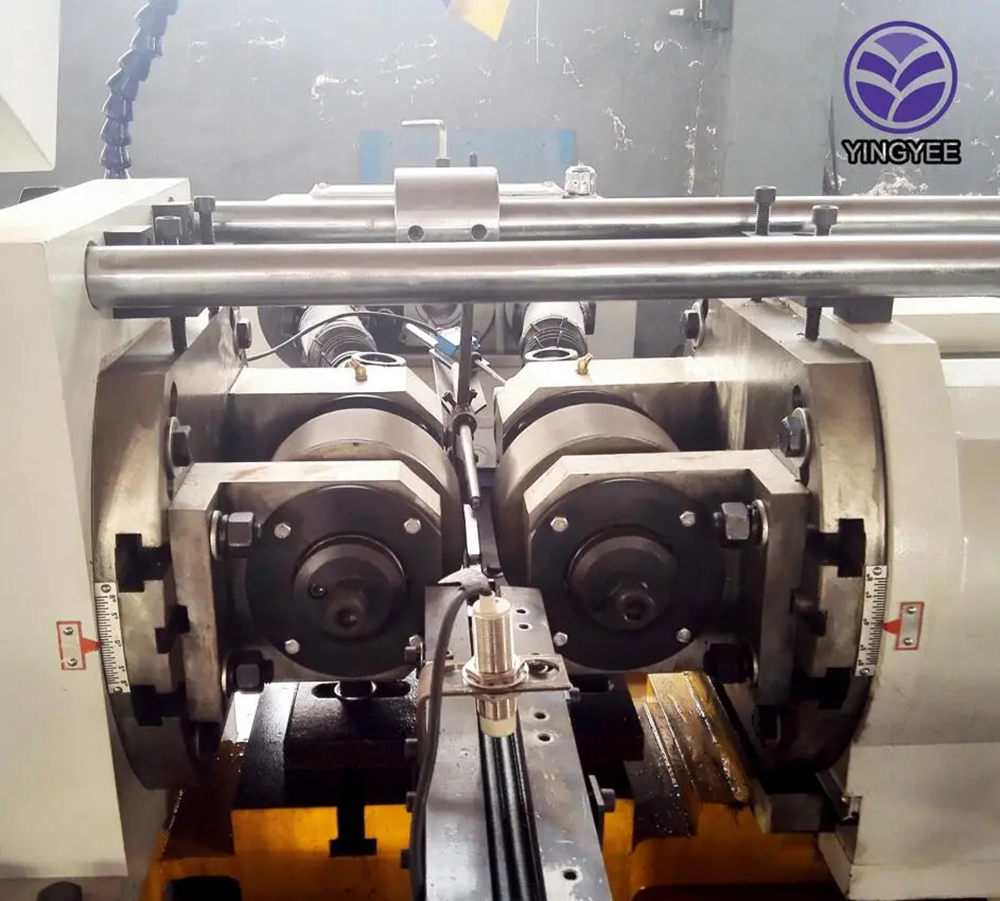
Cutting Coils to Length A Comprehensive Guide
In manufacturing and metalworking, coils are commonly utilized forms of materials, especially metals like steel, aluminum, copper, and others. These coils are produced in large rolls, allowing for efficient storage and transport. However, when it comes to using these materials in specific applications, cutting them to length becomes vital. The process of cutting coils to length involves several techniques and considerations, ensuring that manufacturers can achieve the desired size, avoid waste, and maintain quality standards.
The Importance of Cutting Coils to Length
The need to cut coils to length arises from various industrial requirements. For instance, specific components in car manufacturing, home appliances, and construction applications require materials to be of precise measurements. When coils are produced, they often come in standard sizes that may not fit the needs of particular applications. Therefore, cutting coils to length allows manufacturers to tailor materials to meet exact specifications, ultimately improving efficiency and reducing material waste.
Techniques for Cutting Coils
There are several methods employed in the coil cutting process, each with its advantages and suited to different applications
1. Shearing This is one of the most common methods used in coil cutting. Shearing utilizes a pair of blades that cut through the material as it passes through them. It is a fast and efficient process, ideal for producing straight edges and continuous lengths.
2. Slitting This technique involves cutting the coil into narrower strips, which can then be further processed into specific lengths. Slitting is particularly useful for producing custom widths that meet specific customer requirements.
3. Laser Cutting For high precision, laser cutting is often favored. It uses a focused beam of light to slice through the material, enabling intricate designs and complex shapes to be achieved. While typically slower than shearing, it compensates with superior accuracy.
4. Waterjet Cutting This method employs high-pressure water mixed with abrasive substances to cut through coils. It is versatile and can be used on various materials without affecting the integrity of the metal.

5. Plasma Cutting Suitable for thicker metals, plasma cutting uses a high-velocity stream of ionized gas to cut through the material. It offers speed and precision, especially important in high-demand sectors.
Considerations in Coil Cutting
When cutting coils to length, several factors come into play to ensure the process is efficient and cost-effective
- Material Thickness The thickness of the coil influences the choice of cutting method. Thicker materials may require more robust cutting techniques such as plasma or waterjet cutting.
- Type of Material Different metals have unique properties that affect how they can be cut. For instance, stainless steel may require different tooling compared to mild steel.
- Precision Requirements Depending on the end-use of the cut materials, precision can be critical. Industries like aerospace and automotive often require very tight tolerances.
- Production Volume High-volume production may favor faster methods like shearing, while low-volume, high-precision work may benefit from laser cutting.
- Cost Efficiency It's essential to weigh the costs associated with each cutting method. Initial setup costs, operational expenses, and material waste must be considered in evaluating the most cost-effective process.
Conclusion
Cutting coils to length is a fundamental aspect of manufacturing that ensures materials are available in the exact sizes needed for production. With various cutting techniques available, manufacturers can choose methods that align with their specific requirements, whether that means prioritizing speed, precision, or cost-efficiency. By understanding the importance, techniques, and considerations involved in coil cutting, businesses can optimize their operations and maintain high production standards, ultimately staying competitive in the fast-paced industrial landscape. As technology continues to evolve, we can expect further innovations in cutting techniques and tools that will enhance productivity and efficacy in the field.